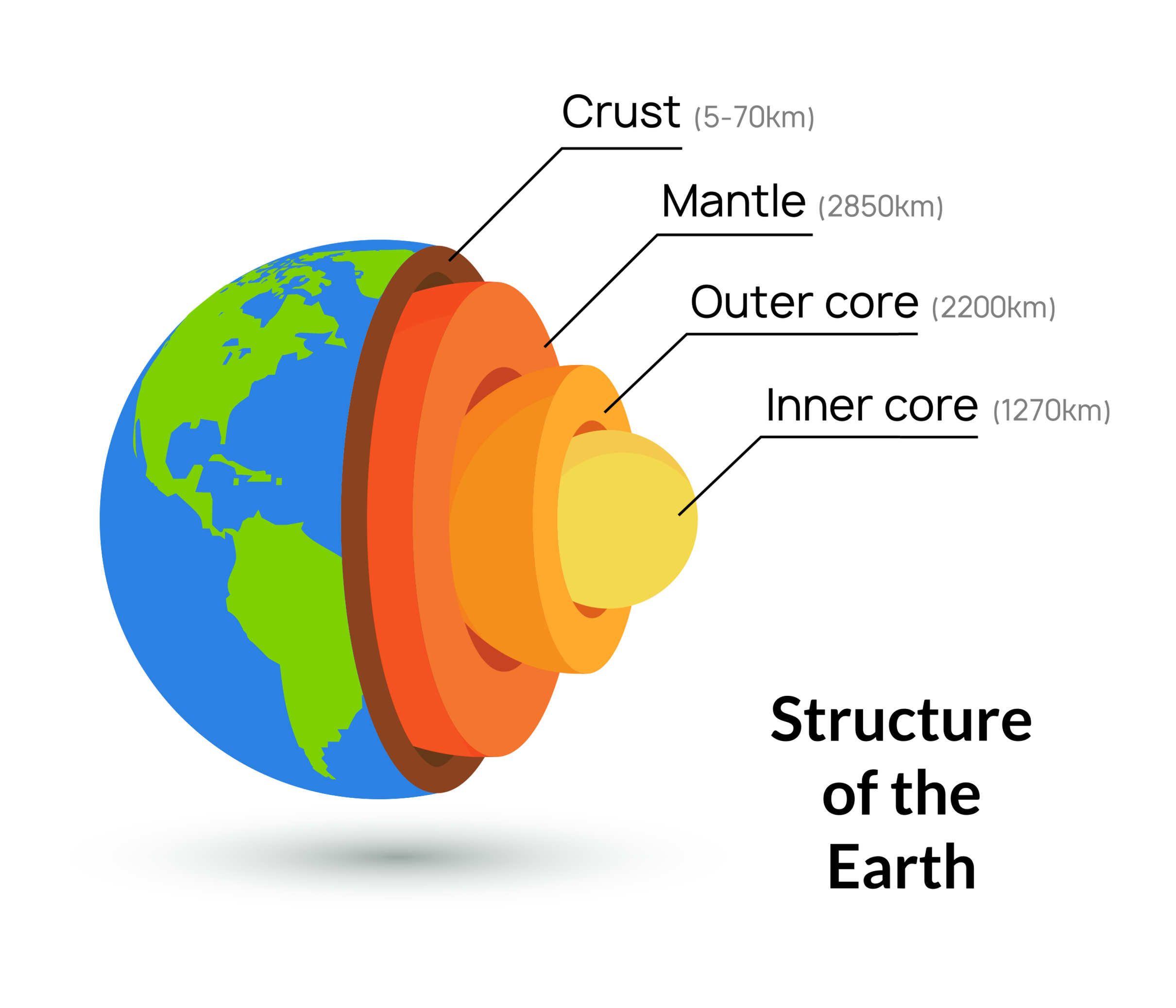Humans have drilled a record-breaking 1,268 meters (4,160 feet) into Earth’s mantle, gifting scientists with an extraordinary glimpse into the planet’s deep geology – and possibly the origins of life. The drill hole was made in a volcanically active region of the mid-Atlantic ridge located along the floor of the Atlantic Ocean.
The mantle is the thickest layer of Earth, located between the crust and the core. While the mantle is typically located many miles below the crust, it is exposed by faulting in the mid-Atlantic ridge, providing a vantage point to explore the inaccessible layer through a “tectonic window.”
With the help of ocean drilling vessel JOIDES Resolution, the team managed to obtain a 1,268-meter (4,160-foot) long cylinder that provides a nearly continuous sample of mantle rock.
In their new study, the international team of researchers have detailed the first insights from the unprecedented sample.
“Our study begins to look at the composition of the mantle by documenting the mineralogy of the recovered rocks, as well as their chemical makeup,” Professor Johan Lissenberg, study author from Cardiff University’s School of Earth and Environmental Sciences, said in a statement.

Typically, Earth’s crust is between 4.8 to 69 kilometers (3 to 43 miles) thick, below which lays the mantle. In some parts of the world, however, the mantle rock is exposed due to tectonic activity.
Image credit: Kolonko/Shutterstock.com
“Our results differ from what we expected. There is a lot less of the mineral pyroxene in the rocks, and the rocks have got very high concentrations of magnesium, both of which results from much higher amounts of melting than what we would have predicted,” explained Lissenberg.
“We also found channels through which melt was transported through the mantle, and so we are able to track the fate of magma after it is formed and travels upwards to the Earth’s surface,” he continued.
This, the researchers explain, could help to inform our understanding of volcanoes, since mantle melt helps to fuel volcanic activity on the surface.
Perhaps most exciting of all, the core sample may shed light onto the origin of life on Earth. The core sample offers early insights into the interactions between olivine, a plentiful mineral in mantle rocks, and seawater. These interactions trigger a cascade of chemical reactions that generate hydrogen and other molecules that are vital for sustaining life as we know it.
“The rocks that were present on early Earth bear a closer resemblance to those we retrieved during this expedition than the more common rocks that make up our continents today,” explained Dr Susan Q Lang, an associate scientist in Geology and Geophysics at the Woods Hole Oceanographic Institution, who served as a co-chief scientist on the expedition.
“Analysing them gives us a critical view into the chemical and physical environments that would have been present early in Earth’s history, and that could have provided a consistent source of fuel and favorable conditions over geologically long timeframes to have hosted the earliest forms of life,” she said.
Bear in mind that this drill core is not the deepest hole ever dug by humans; that honor goes to part of the Kola Superdeep Borehole called SG-3. Soviet scientists bored the hole in the late 1980s, achieving a depth of 12,263 meters (40,230 feet) into the ground below northwestern Russia, not far from the border with northern Norway. Owing to the thickness of the crust here, the hole never made it into Earth’s mantle – unlike this latest study.
The new study is published in the journal Science.
Source Link: Scientists Drill 1,268 Metres Deep Under The Atlantic Ocean, Scooping Out Huge Piece Of Earth's Mantle